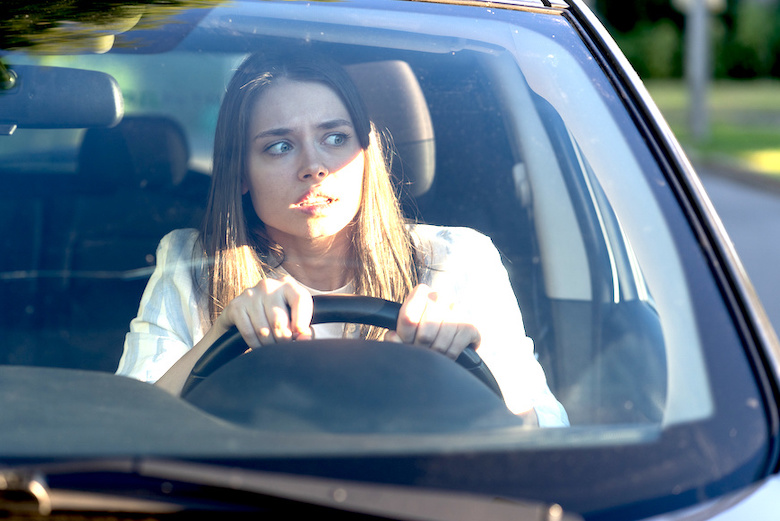Once you earned your driver’s license, after all those hours of practice, your learner’s permit and so on, you probably can’t wait to get behind the wheel. Most first-time drivers though are still inexperienced and can feel nervous or anxious about being on their own.
Use eTags© to Quickly Complete Your DMV Service. Renewals, Title Transfers and More, All Online!
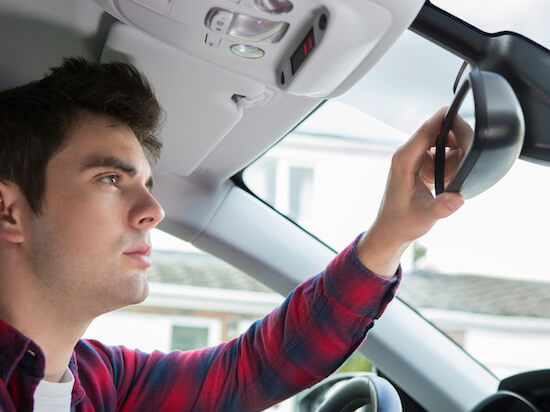
Know your vehicle inside and out
Before heading out, it’s important that you get familiar with your vehicle especially if you alternate between two of them. For example, you probably don’t have your fist car yet and may be borrowing your mom’s sedan during the week. You may prefer your father’s SUV for a weekend night out with a few friends. Make sure you adjust your car seat, rear-view and side mirrors, and familiarize yourself with some of the technology inside each one of the vehicles. Make sure you know where your vehicle tags paperwork is located inside each car you drive. Most people keep their tags certificate in their glove compartment.
The risk of car crashes is higher among teens aged 16–19 than among any other age group
If you’re driving on the highway and it suddenly starts to rain hard, you need to act fast and know exactly how to activate your windshield wipers. The same for headlights, and other car features. You also want to make sure you always have your driver’s license on you, as well as the vehicle registration and car insurance paperwork in case you’re pulled over.
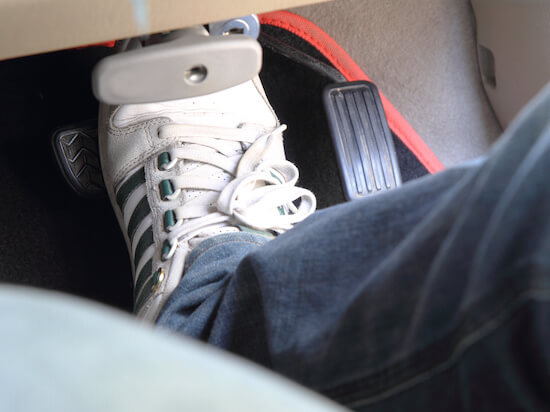
Keep the drive smooth from steering to braking and more
Hold the wheel steady to control the vehicle properly and stay within speed limit. Avoid accelerating fast; instead ease into faster speeds at a gradual pace. Brake gently and avoid slamming your foot on the pedal. You can do so more easily when you give yourself enough distance so you can brake steadily and get to a full stop.
When it comes to changing lane, stay alert and prepare for your next move. For example, if you know an exit is coming up don’t drive to the far right hurriedly, prepare for it by changing from lane to lane as you drive, until you get to the desired one.
No distracted driving for first-time drivers
The last thing a first-time driver needs is distractions. When you’re just starting to drive, it’s even more essential to stay completely focused on the road. No eating while driving, no talking or texting on your cellphone, no rubbernecking, and no applying makeup. Keep conversation to a minimum if you have passengers in the vehicle, and make sure young children have the correct car seat if in the car with you.
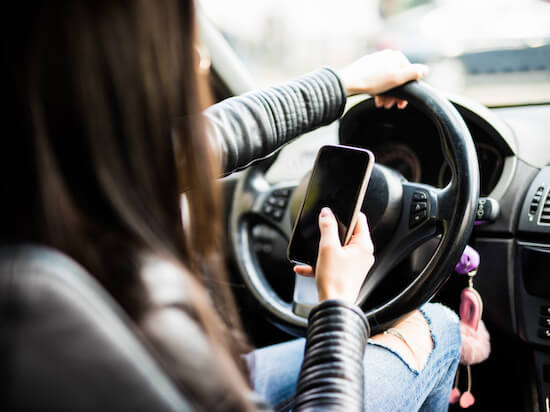
According to the National Safety Council, nine people are killed daily and 1,000 are harmed in distracted driving-related crashes
Try to keep the radio on one station, and at a moderate volume so you can hear outside signals. If there’s an emergency vehicle behind you, or if there’s a problem with the engine, you want to be able to hear it. Driving is no time for taking selfies, or scrolling through social media either.
Communicate effectively behind the wheel
As a first-time driver it’s important that you share your intentions while behind the wheel. That means using your blinker ahead of time to signal to other drivers what you’re about to do. It also means using your car horn in the right way; to alert other drivers in case you need to warn them of something. Communicating effectively behind the wheel also involves voicing your concerns to other passengers with you in the car.
First-time drivers should try to drive a car with the most safety features available; from electronic stability control (ESC), to antilock brakes (ABS), brake assist to forward- collision warning (FCW), and, more
Crash risk goes up for teens with every additional teenage passenger, doubling when there’s one extra passenger, tripling with two or more passengers. Research also shows that when a teen driver is behind the wheel and has a passenger aged 35 and older in the vehicle, the driver’s risk of death per mile driven decreases by 62%.
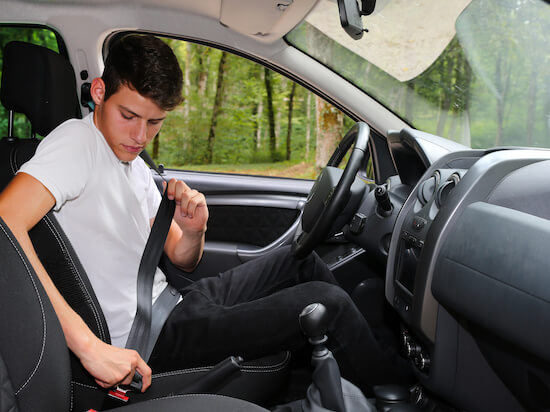
So remind your passengers about wearing their seatbelts, make sure no one is drinking alcohol in the vehicle, don’t feel pressured to speed up, and gradually expose yourself to driving in different situations when you have passengers with you. As a first-time driver start with local roads, with low-risk driving situations. Think the local supermarket, offering to drive your parents around to do their errands to give you more practice behind the wheel, and so on. Then gradually move up to driving on the highway, nighttime driving, driving in inclement weather and so on.
Hope these driving safety tips helps first-drivers nationwide.
